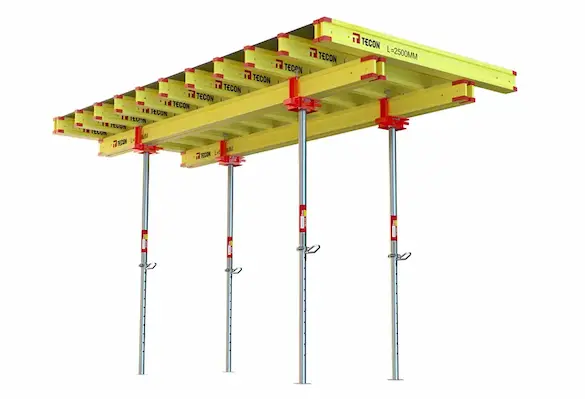Aug . 20, 2024 22:00 Back to list
Manufacturers of Supporting Systems and Temporary Structures for Construction Projects
Propping and Shoring Manufacturers The Backbone of Construction Safety and Efficiency
In the construction industry, the safety and stability of structures during the building process are paramount. This is where propping and shoring manufacturers play a critical role. These specialized companies produce essential equipment that supports structures, ensuring they remain upright and secure while work is being carried out. The demand for efficient, reliable, and safe propping and shoring solutions has led to significant innovation and development within this sector.
Understanding Propping and Shoring
Propping and shoring refer to the temporary support systems used in construction to hold up elements of a structure that are under construction, renovation, or repair. Propping typically involves the use of props or temporary columns to support beams or slabs, while shoring generally involves creating a work platform that secures an area where heavy work or renovations are being undertaken. Both methods are vital in preventing accidents and structural failures that could pose risks to workers and future occupants.
The Role of Manufacturers
Manufacturers of propping and shoring systems are tasked with producing a wide variety of equipment designed to meet the specific needs of different construction projects. This includes a range of products such as adjustable steel props, aluminum shoring systems, and modular scaffolding. The effectiveness of these systems hinges not only on their structural integrity but also on their ease of assembly and versatility in various construction environments.
As projects grow in complexity, so too does the need for advanced propping and shoring solutions. Manufacturers are responding by integrating innovative materials and designs into their products. For example, lightweight materials enable easier handling while ensuring they can withstand heavy loads. Moreover, many manufacturers are now using advanced engineering software to design products that adhere to strict safety regulations and performance standards.
Safety Standards and Regulations
propping and shoring manufacturers

Safety is a top priority in the manufacturing of propping and shoring equipment. Manufacturers must comply with local and international regulations, ensuring that their products can withstand the loads they are subjected to during construction. Certifications from recognized bodies, such as the American National Standards Institute (ANSI) and the Occupational Safety and Health Administration (OSHA), provide an additional layer of assurance concerning the safety and reliability of these systems.
In light of recent changes in construction safety regulations, manufacturers are also adapting their products to meet these evolving standards. Implementing feedback from construction professionals has proven invaluable in refining product designs and improving safety features. This collaborative approach fosters innovation and ensures that products are not only effective but also user-friendly.
Sustainability in Propping and Shoring
As the construction industry increasingly emphasizes sustainability, many propping and shoring manufacturers are exploring eco-friendly materials and processes. This includes the use of recyclable materials and minimizing waste during production. By adopting sustainable practices, manufacturers not only contribute to environmental conservation but also align themselves with industry trends and client expectations for greener construction methodologies.
Looking Ahead
The future of propping and shoring manufacturing appears bright, driven by advancements in technology, materials science, and a focus on safety and sustainability. As construction projects become larger and more intricate, the need for effective propping and shoring solutions will only increase. By investing in research and development, manufacturers can continue to produce innovative systems that enhance safety, efficiency, and environmental responsibility in construction.
In summary, propping and shoring manufacturers play an indispensable role in the construction industry. Their commitment to safety, innovation, and sustainability not only protects workers but also ensures that high-quality structures are built to last. As the industry evolves, these manufacturers will remain at the forefront, shaping the future of construction through their products and practices.
-
High-Quality U Head Jack Scaffolding – Reliable Scaffolding Jack Head Manufacturer & Factory
NewsJul.08,2025
-
High-Quality I Beam H20 Leading Timber Beam H20 Material Factory, Exporters & Manufacturers
NewsJul.08,2025
-
High-Quality Powder Coating Steel Formwork - Durable & Corrosion Resistant Solutions
NewsJul.07,2025
-
Inclined Column Formwork Supplier – Durable & Precise Solutions for Unique Structures
NewsJul.07,2025
-
High-Quality Water Stop Solutions Trusted Water Stop Company & Suppliers
NewsJul.07,2025
-
High-Quality Formwork Material Supplier Reliable Manufacturer & Factory Solutions
NewsJul.06,2025